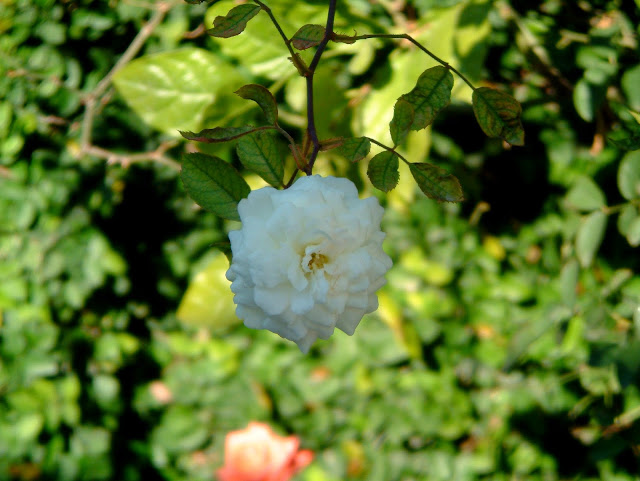I am reading “The Post-American World 2.0” by Farid Zakaria these days. It is a good read and Farid is certainly right in pointing out that rise of the rest is underway. In Zakaria’s words, his book is not about the decline of American power but about the advance of countries like China, India, Brazil and others. It is about the coming decades in which smart nations and cultures will reclaim their rightful place at global stage and would create “a world of enormous cultural diversity and exoticism”.
An interesting passage in this book is about Hindu worldview. I have always been amazed by Hinduism’s ability to survive into the modern times. It is an ancient religion and in a loose sense belongs to a class of beliefs that has now vanished from active service. Old Egyptian, Greek and Scandinavian deities are limited to mythology at present but Hinduism is still followed by more than a billion people. Zakaria’s answer to this riddle is as under:
“Hindus, like Confucians, don’t believe in God. They believe in hundreds of thousands of them. Every sect and sub sect of Hinduism worships its own God, Goddess, or holy creature. Every family forges its own distinct version of Hinduism. You can pay your respects to some beliefs and not to others. You can believe in none at all. You can be a vegetarian or eat meat. You can pray or not pray. None of these choices determines whether you are a Hindu. There is no heresy or apostasy, because there is no core set of beliefs, no doctrine, and no commandments. Nothing is required, nothing is forbidden.”
In his words, “Hinduism is not really a ‘religion’ in the Abrahamic sense of the world but a loose philosophy, one that has no answers but merely questions. The only clear guiding principle is ambiguity. If there is a central verse in Hinduism’s most important text, the Rig Veda, it is the creation Hymn. It reads, in part:
Who really knows, and who can swear,
How creation came, when and where!
Even gods came after creation’s day,
Who really knows, who can truly say
When and how creation start?
Did He do it? Or did He not?
Only He, up there, knows, maybe;
Or perhaps, not even He”
The above lines seems like written by an agnostic philosopher. So perhaps this ambiguity and a very high level of tolerance within Hinduism is the secret ingredient that gives its followers a kind of flexibility to adopt and survive into an ever changing world.
Zakaria also believes that “Islam in India has been altered through its contact with Hinduism, becoming less Abrahamic and more spiritual. Indian Muslims worship saints and shrines, celebrate music and art, and have a more practical outlook on life than many of their coreligionists abroad.”









































